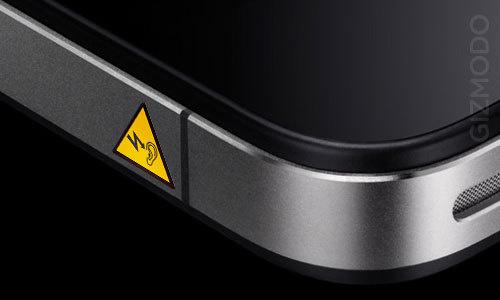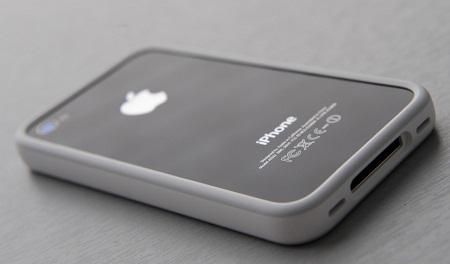
Petit désillusion pour certains, évidence pour d’autres, la mise à jour ne corrigera pas le tir de tous les problèmes de réseaux de l’iPhone 4 contrairement à ce que sous-entendait Apple. Deux problèmes sont présents, un logiciel et un matériel. Le problème logiciel sera corrigé dans la mise à jour et pour le matériel il faudra, parmi les possibilités, passer par un Bumper.
Le problème matériel est expliqué par l’email d’un biochimiste. Le message étant en anglais nous vous remontons les principales informations à tirer de cette histoire :
L’antenne étant très proche de la main puisqu’intégrée dans la coque extérieur, l’humidité nuit sans grosse surprise au bon fonctionnement de l’appareil. D’après plusieurs tests, des personnes ayant les mains propres n’ont pas ce problèmes. C’est incroyable pour un smartphone fabriqué en 2010 mais c’est pourtant ce qui ressort.

Après avoir résolu la partie logicielle par une mise à jour, il sera possible de réparer le problème matériel en injectant une matière isolante dans la fente de l’appareil ou simplement d’acheter – par simple hasard – une coque pour éviter tout contact avec la main. Forcément quand on parle de coque pour iPhone 4, le Bumper est en pôle position. Que se cache donc derrière toute cette belle histoire high-tech ?
Pour les amoureux de la langue de Shakespeare, voici le mail du biochimiste :
Hi,
In truth, Apple’s explanation for iPhone 4 signal reception problem is inaccurate at best and disingenuous at worst. iPhone users are in some of the hottest and most humid parts of the country this summer and have salty, damp hands especially at events such as baseball games, barbecues, or other outdoor activities. having bare metal antennae purposely handled will absolutely short the signal. This problem will be difficult to reproduce in Apple’s labs because the engineers are required to wash their hands before touching devices, which also strips off the natural hand electrolytes that are ever-present in the field on a hot day.
Anyway, the solution is not a redesign of the phone, but rather an electrically insulating organic hydrophobic layer atop the bare metal. a variety of plastics will work, such as polyethers, polystyrenes, or nylons. you could even use the plastic labels ever-present on aluminum soda cans, which likewise have an electrically insulating effect when holding said cans. these plastic coatings can be very very thin films which do not ruin the aesthetics of the device, and would require a minimal change of your production line. More importantly, this coating in no way affects the ability to recycle the aluminum — the organic thin film layer will burn away cleanly during the aluminum remelt process. Phones that have already shipped could easily be coated with this new layer at any Apple retail store or with a simple kit you could send to your customers.
In summary, this is a problem of electrochemistry, and certainly NOT a problem of software design, nor one that can possibly be solved by a software update.
Apple needs to hire some chemists.
Best regards,
XXXXXXXXXX, Ph.D.
Amis utilisateurs d’iPhone 4, il faudra peut-être remettre la main au porte-monnaie pour profiter pleinement de son smartphone.
via Gizmodo – Wired

